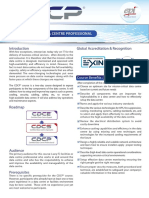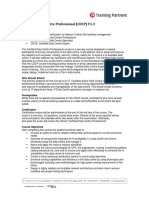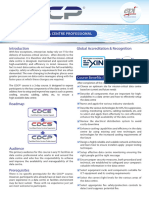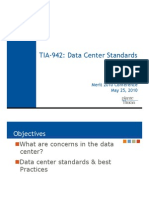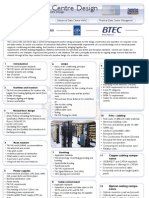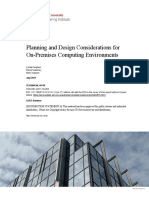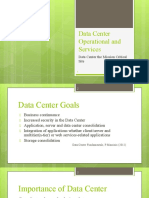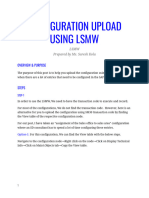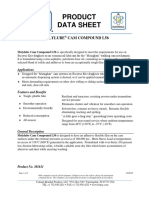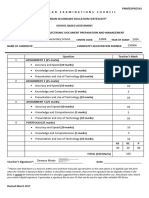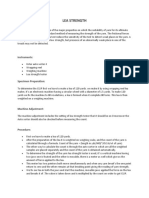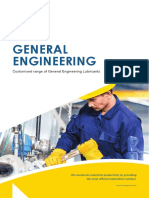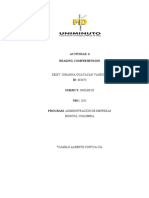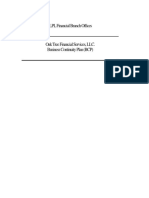0% found this document useful (0 votes)
42 views8 pagesData Center Design Content
The document provides a comprehensive overview of data center design, including types, planning processes, and key considerations such as power, cooling, and safety. It covers essential aspects like infrastructure requirements, energy efficiency, and regulatory compliance, along with best practices for managing design and implementation. Additionally, it addresses metrics for evaluating data center performance and strategies for optimizing energy use and operational efficiency.
Uploaded by
BanhBeoBi1Copyright
© © All Rights Reserved
We take content rights seriously. If you suspect this is your content, claim it here.
Available Formats
Download as DOCX, PDF, TXT or read online on Scribd
0% found this document useful (0 votes)
42 views8 pagesData Center Design Content
The document provides a comprehensive overview of data center design, including types, planning processes, and key considerations such as power, cooling, and safety. It covers essential aspects like infrastructure requirements, energy efficiency, and regulatory compliance, along with best practices for managing design and implementation. Additionally, it addresses metrics for evaluating data center performance and strategies for optimizing energy use and operational efficiency.
Uploaded by
BanhBeoBi1Copyright
© © All Rights Reserved
We take content rights seriously. If you suspect this is your content, claim it here.
Available Formats
Download as DOCX, PDF, TXT or read online on Scribd
/ 8









